HOW TO GET START AND FROM END OF WALK
Travelling to the Start of the walk
This walk starts in Tanabe and ends in Nachi-san or Nachi-Katsuura. You will need to get yourself to and from the start and end of your walk (i.e. you will need to organise your travel to the start of the walk in Tanabe and then onwards from your last accommodation). To make it easy, we have collated some useful information that will assist you in making arrangements for your travel.
By Air: The best option is to fly into Osaka and take the train from there. You can take the train direct from Osaka Kansai Airport to Kii-Tanabe (train station). Take a local train from Osaka city for a few stops and then hop on the Kii Peninsula JR West train. The train station is at the airport, and there are English-speaking staff at the ticket office. You might consider spending some time in Osaka. Osaka is a very interesting city and has many beautiful temples and of course Osaka Castle. In spring, it is particularly beautiful. It also has a sophisticated restaurant culture and markets that seem to go on for kilometres, literally.
By rail: Japan has one of the best train systems in the world, so it’s very easy to catch a train to any destination in the country. An express train is the fastest way to travel to the area. Travelling in Japan on trains is a seamless experience, and it is not necessary to always pre-purchase tickets. There’s plenty of Rail staff that speak English well enough to direct you the right way and to converse with you about how to buy your ticket. We can provide more information if you wish, so please ask one of our destination consultants.
Hyperdia is a great website resource to figure out when and where your train departs. It might be best to buy your train ticket on the JR train network when you first arrive in Japan so you can relax. However, the trains run often and are so efficient that you shouldn’t have any trouble just arriving 20 minutes beforehand and buying a ticket. JR passes can be a convenient and reasonable way to get around the area. There are two regional JR passes that cover the Kii Peninsula: Kansai WIDE Area Pass and Ise-Kumano-Wakayama Area Tourist Pass.
The journey from Osaka to Tanabe takes about 1 – 2 hours. You can take the train direct from Osaka Kansai Airport to Kii-Tanabe (train station). Take a local train to Hineno station then hop on the Kii Peninsula JR West train. The train station is at the airport, and there are English-speaking staff at the ticket office.
If you stay in Osaka, then you’ll need to catch the Subway (Osaka Metro Midosuji) to Tennoji station. The tickets can be purchased locally. From Tennoji, it’s a JR train service to Kii-Tanabe bound for Shirahama.
Travelling from the end of the walk
By rail: The train from Katsuura (Kii- Katsuura train station is a short distance from Nachisan) back to Osaka takes about 4 hours. You can also choose to go to Tokyo or anywhere else for that matter, in Japan. However, you most likely will need to travel through a major city to get there.
By Air: See above


 30 years' experience providing walking holidays worldwide
30 years' experience providing walking holidays worldwide









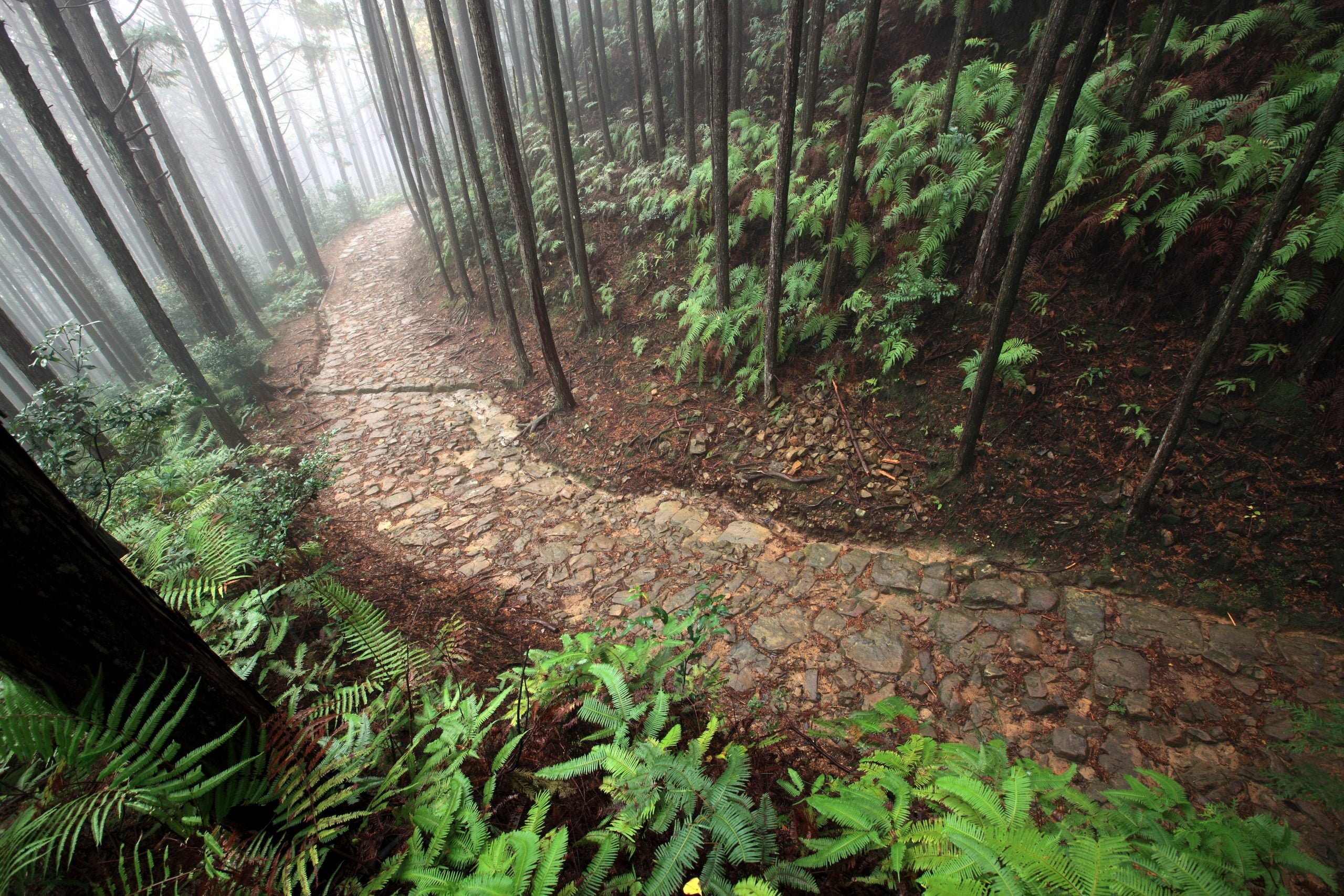
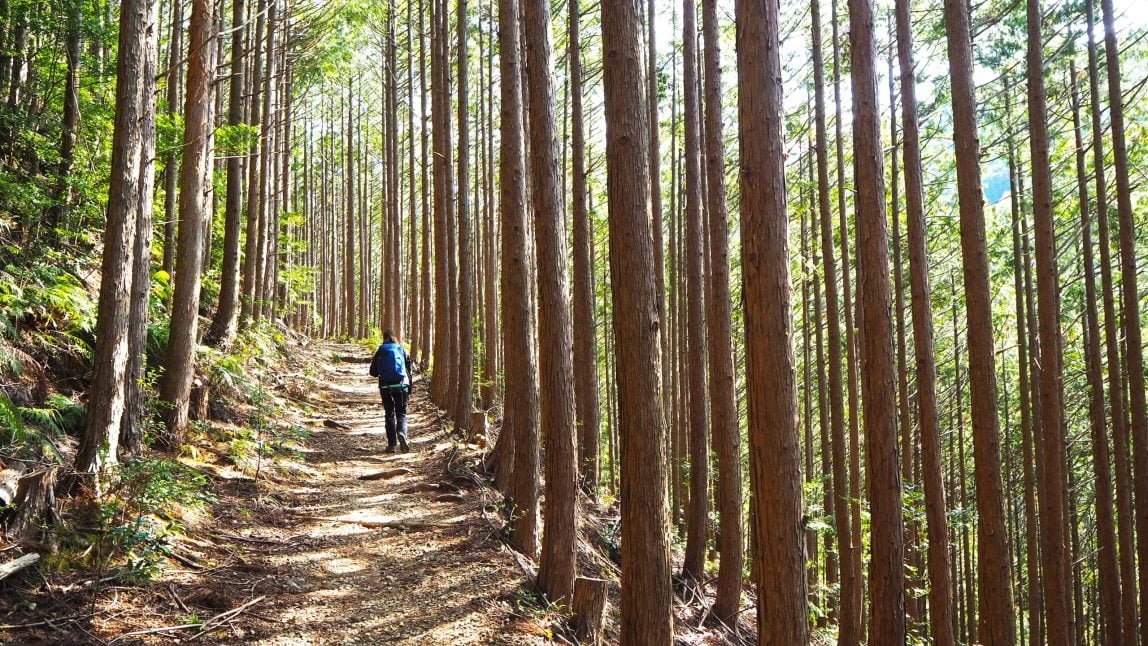
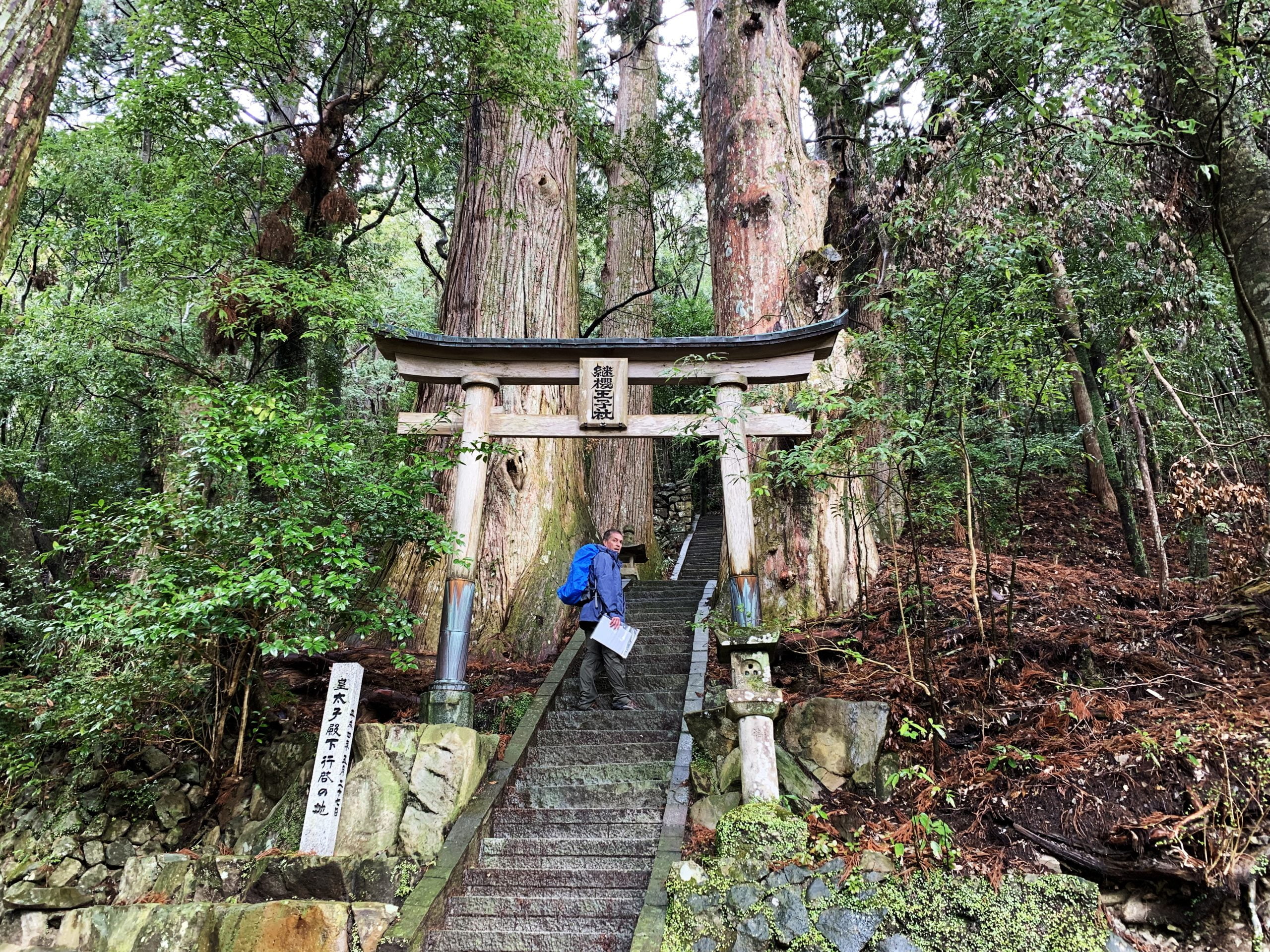
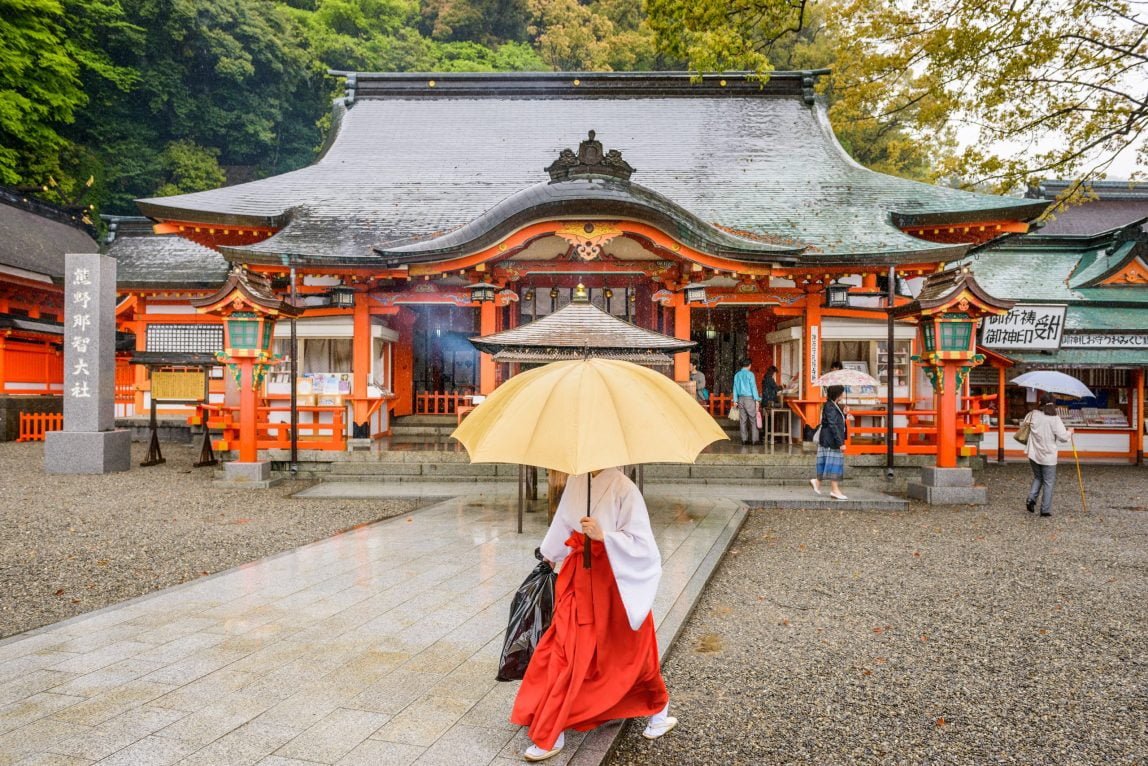
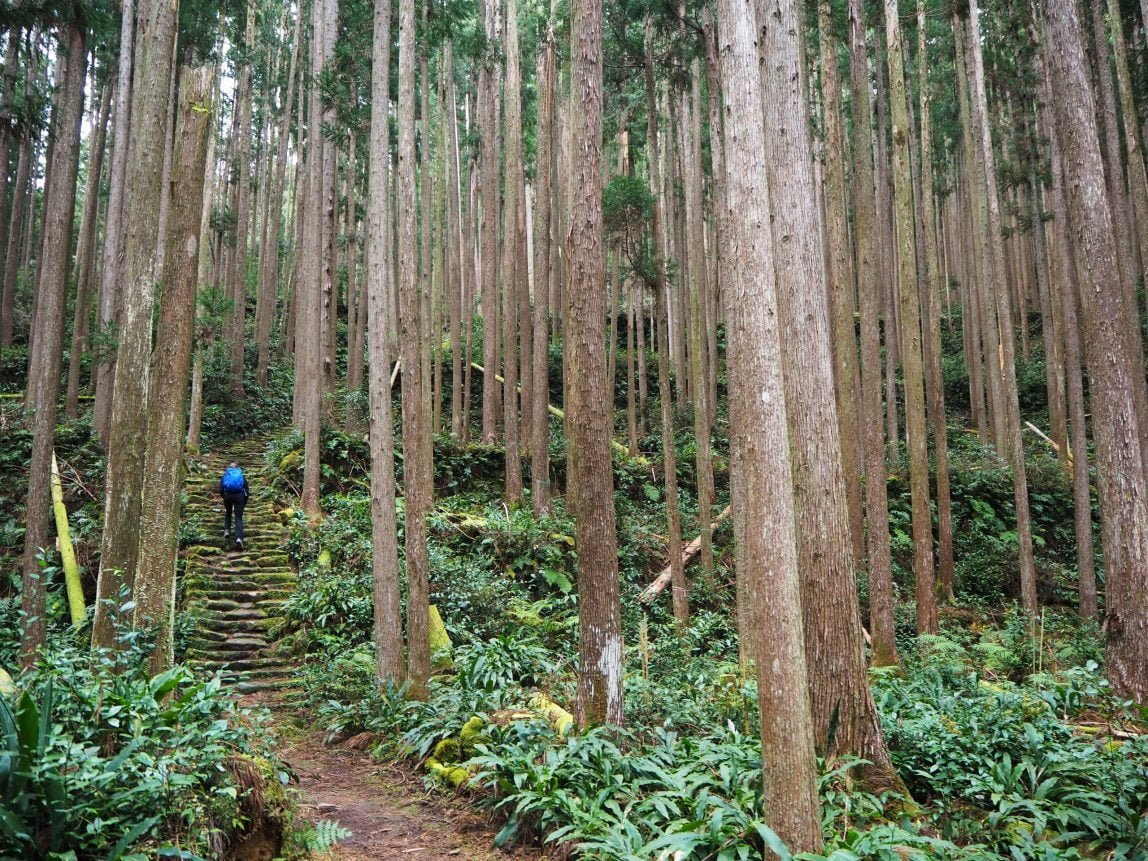
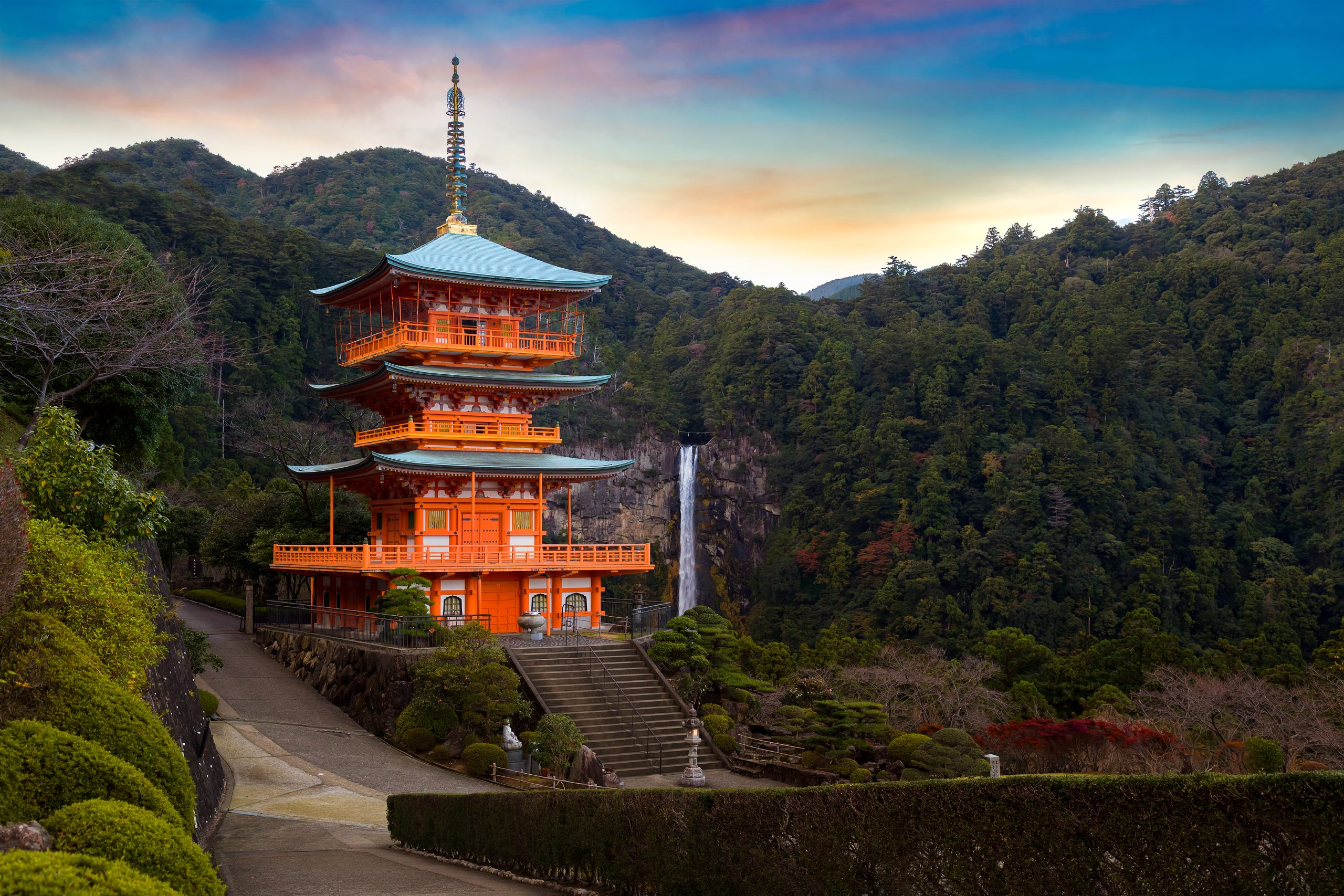




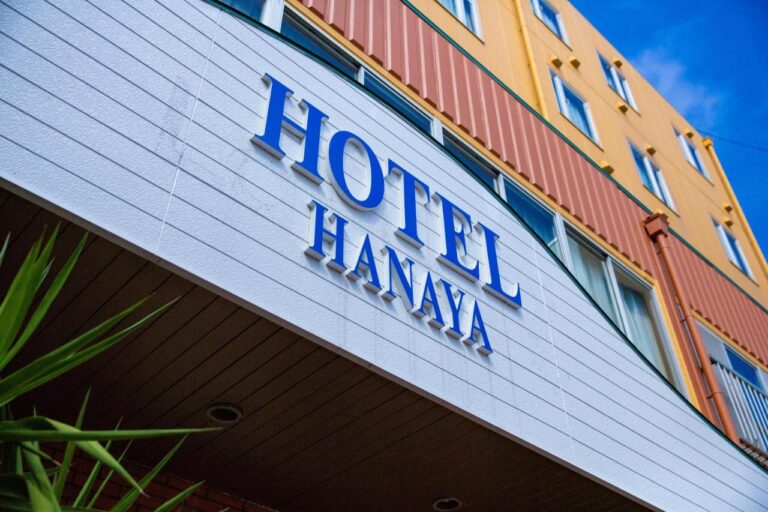
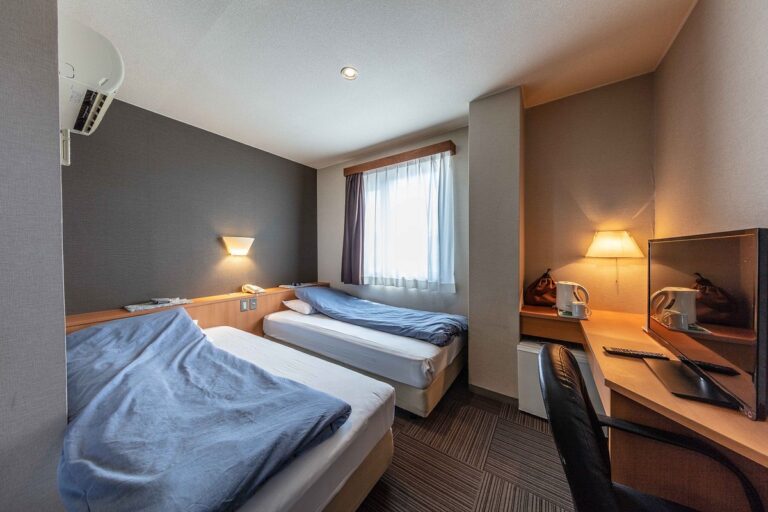
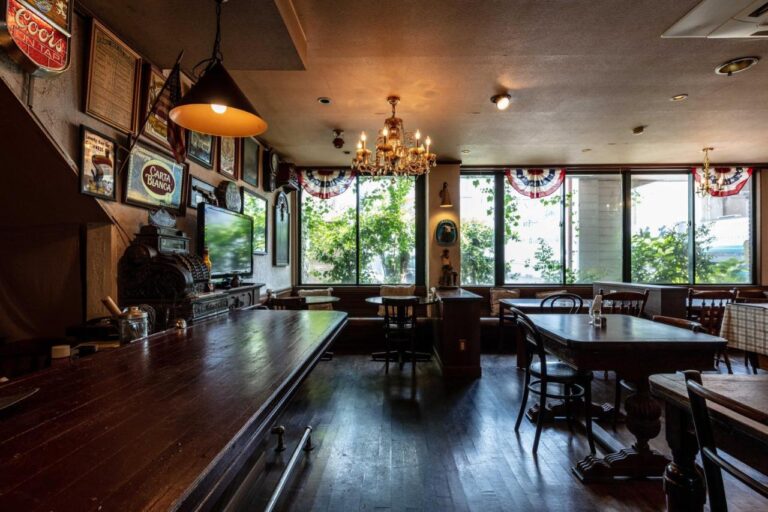
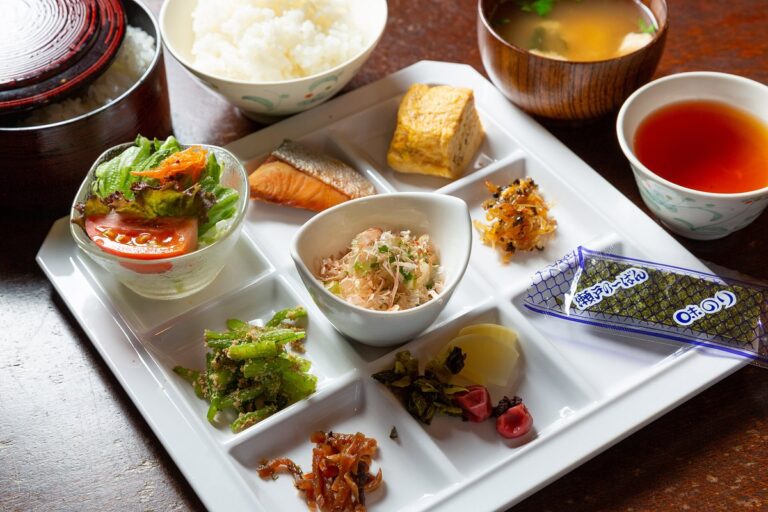
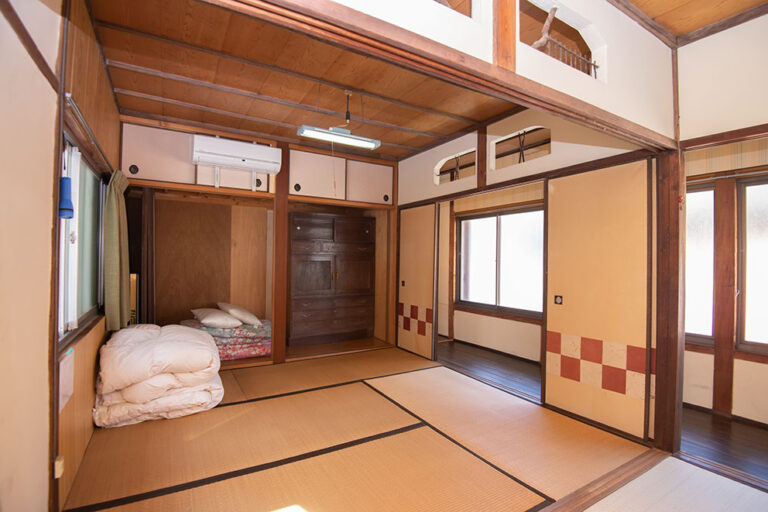
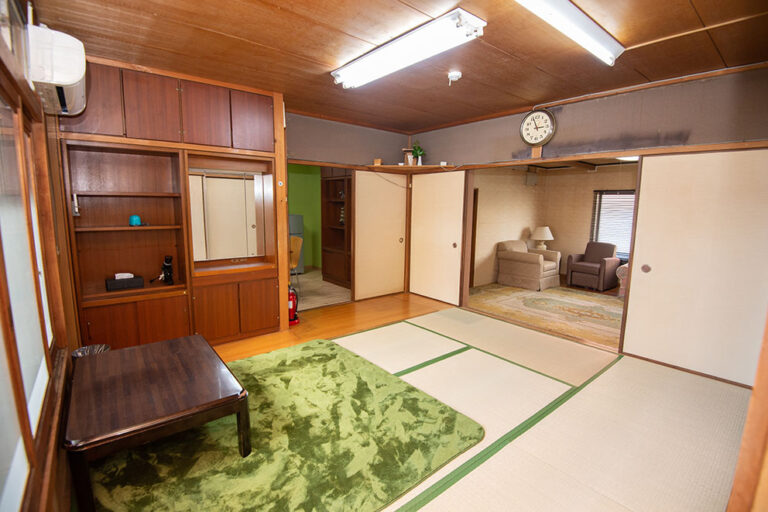
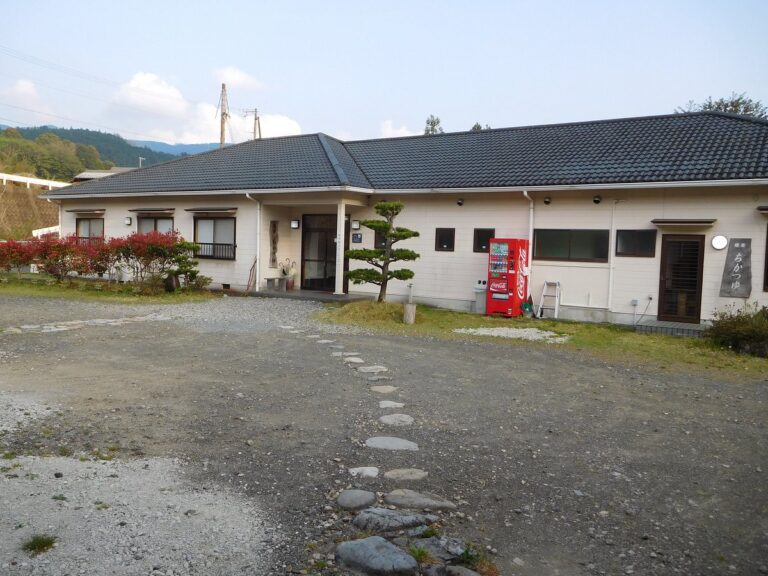
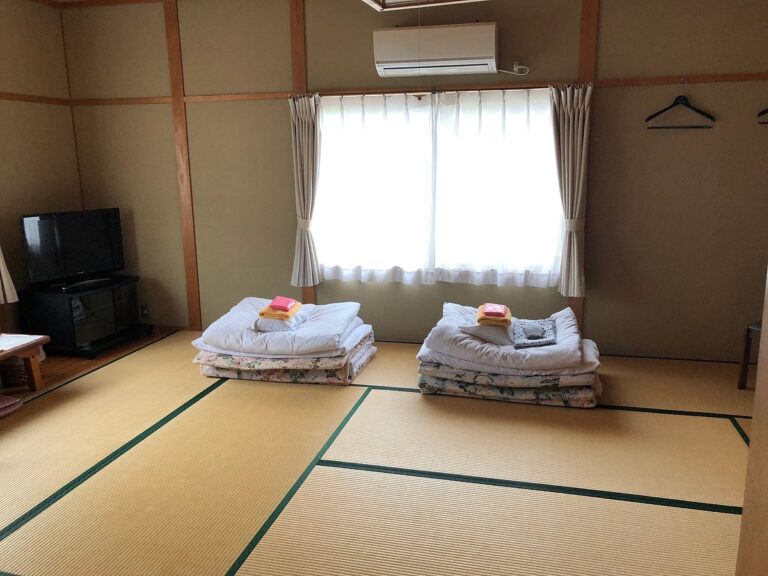
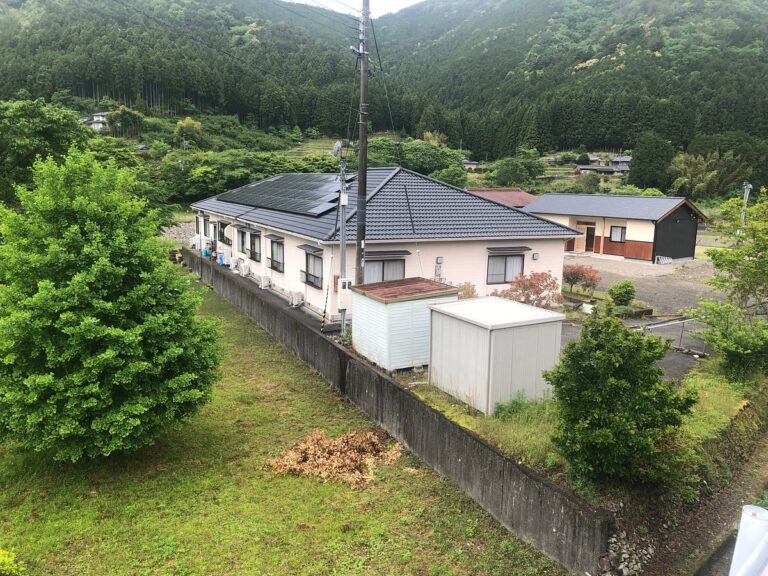
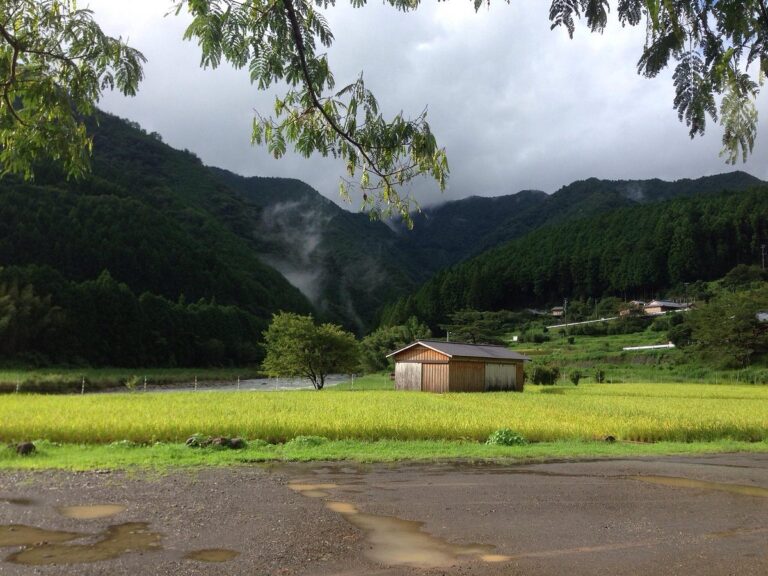
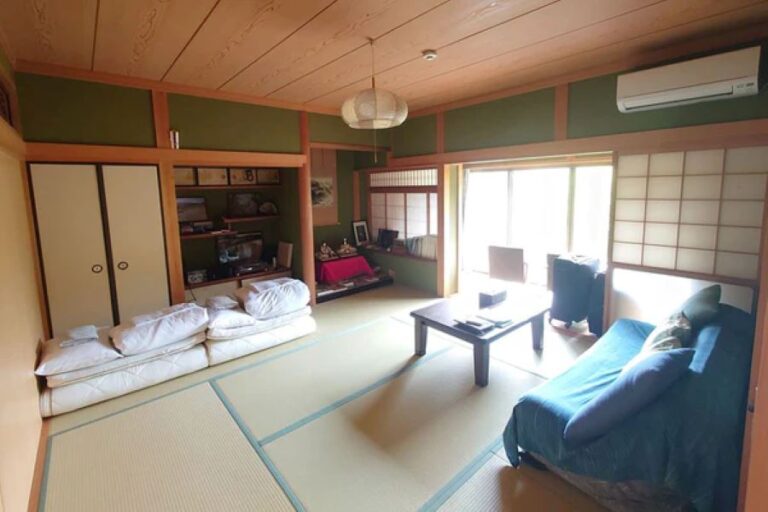
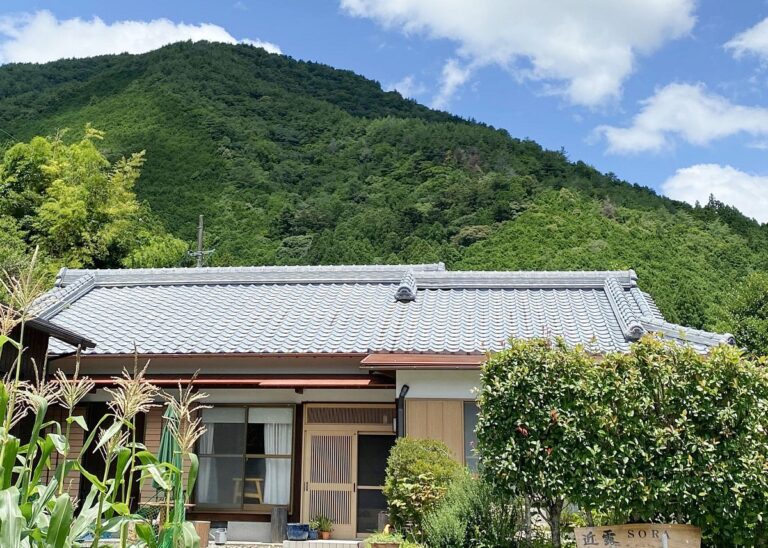
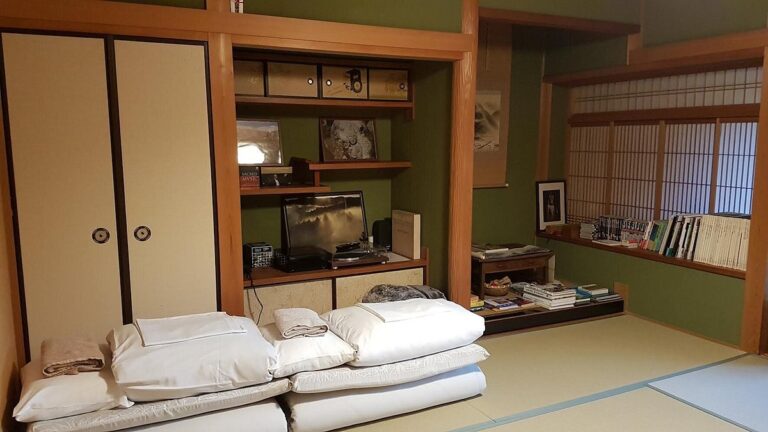
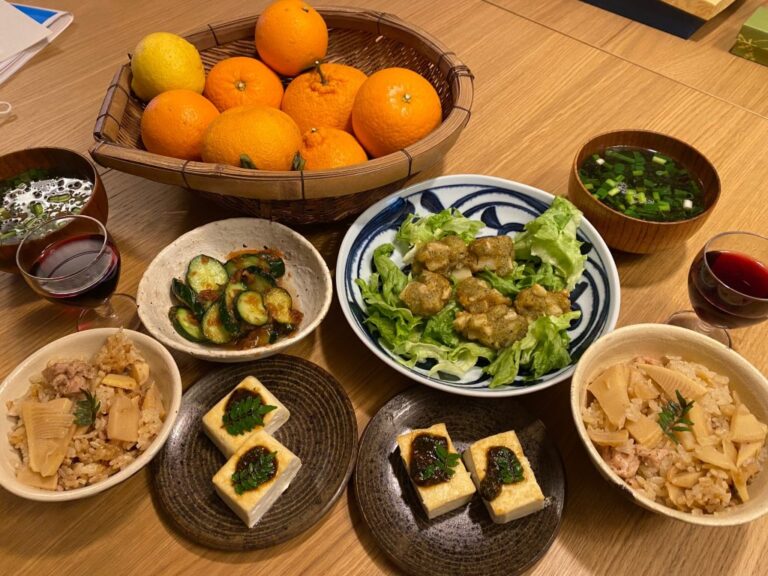
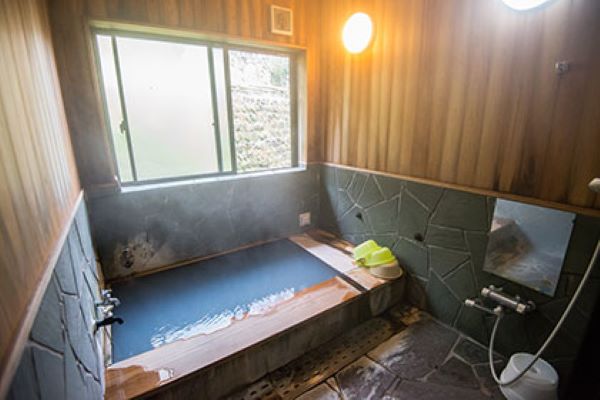
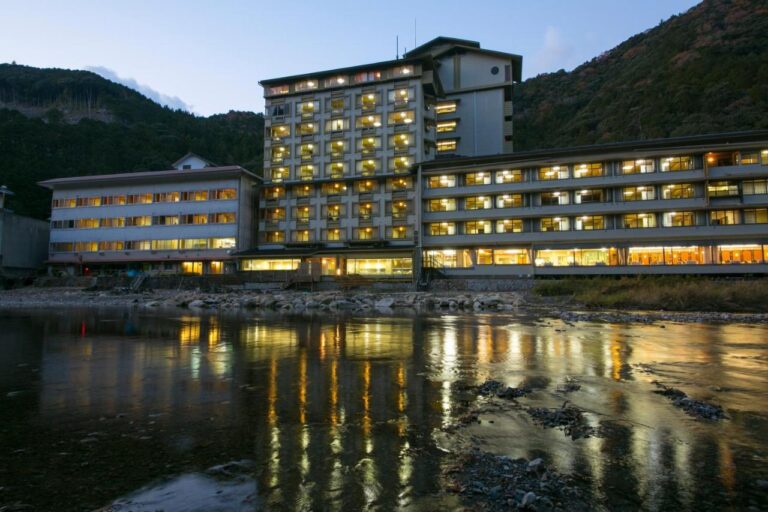
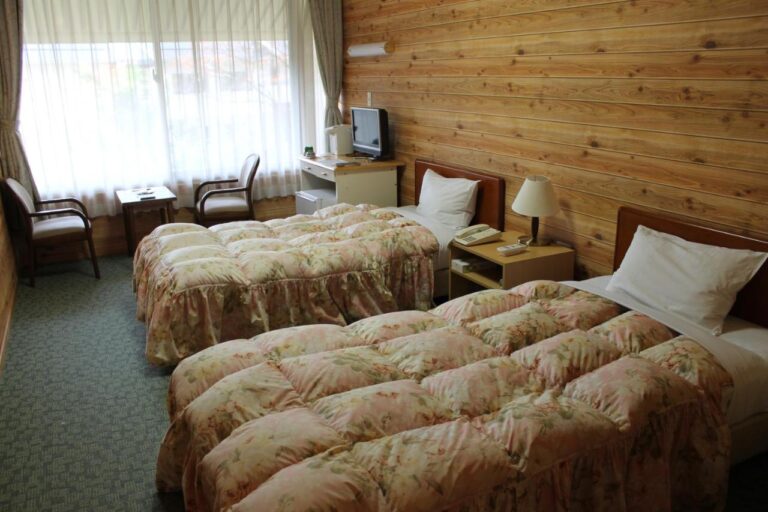
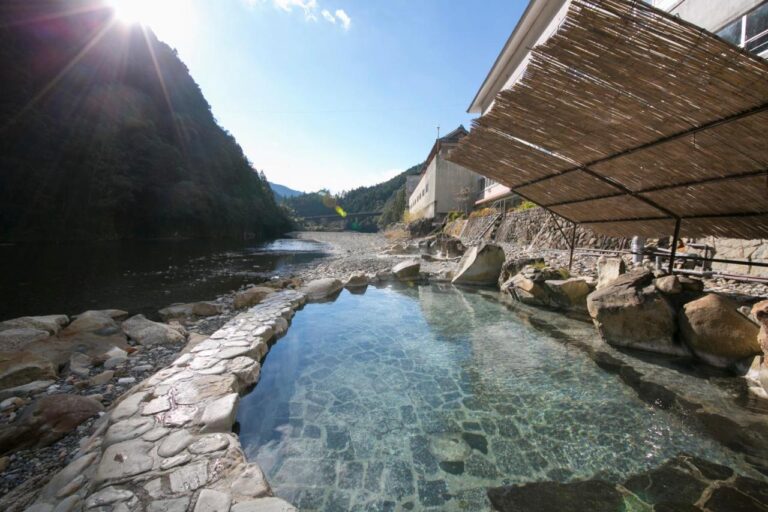
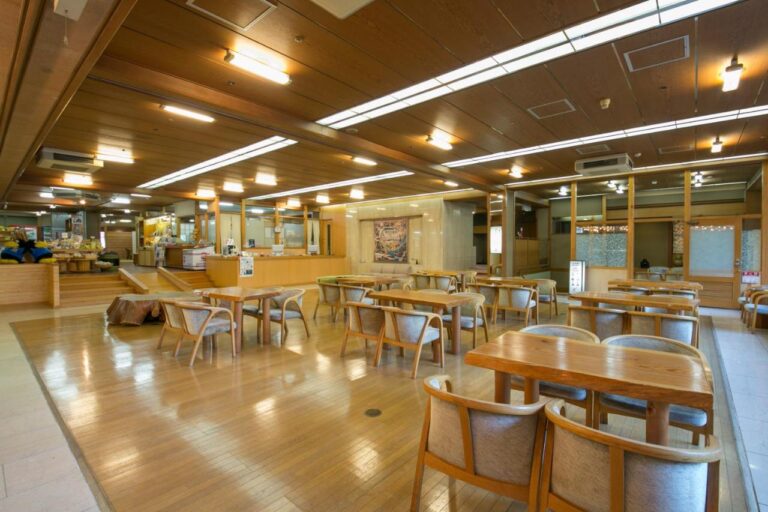
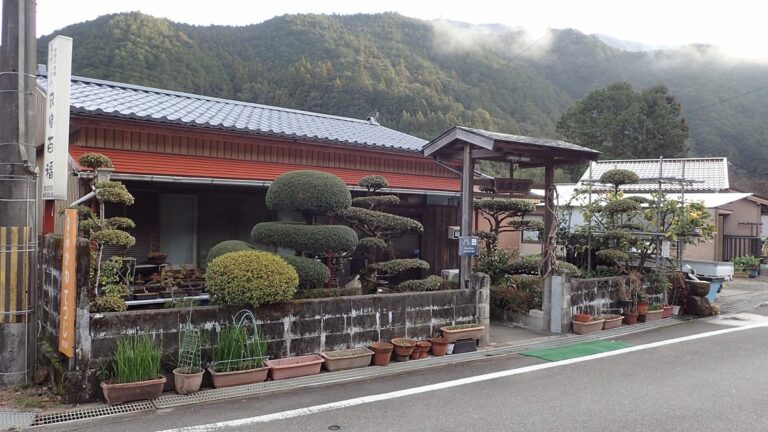
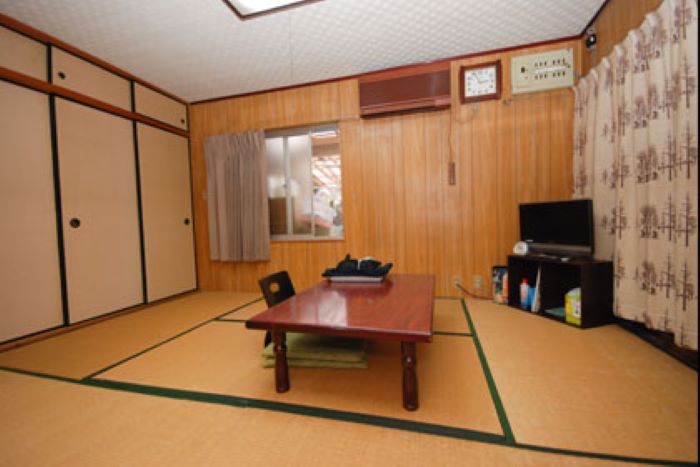
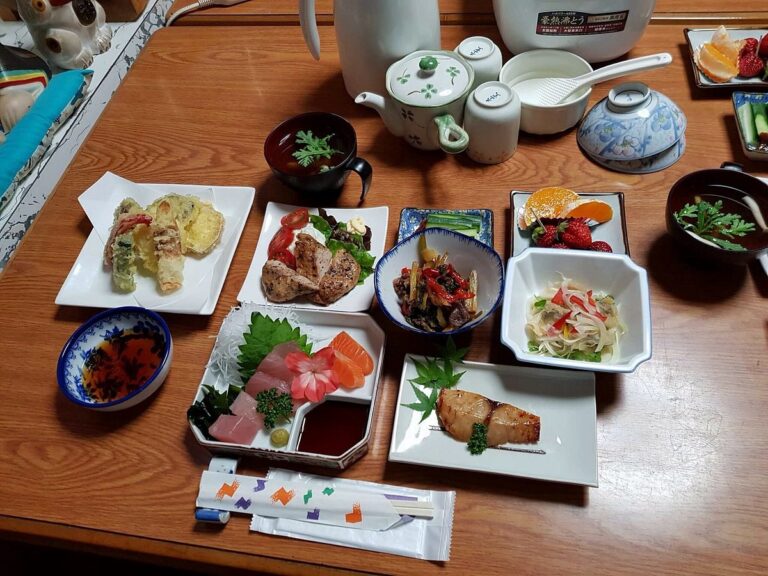
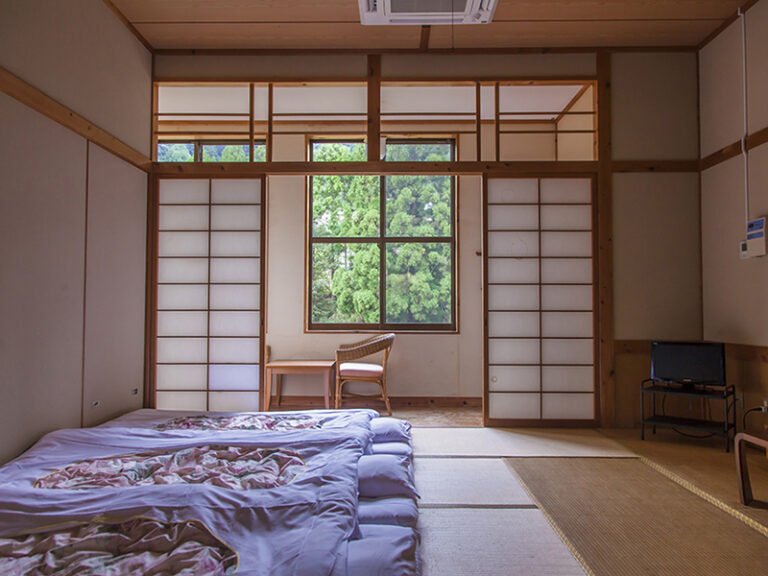
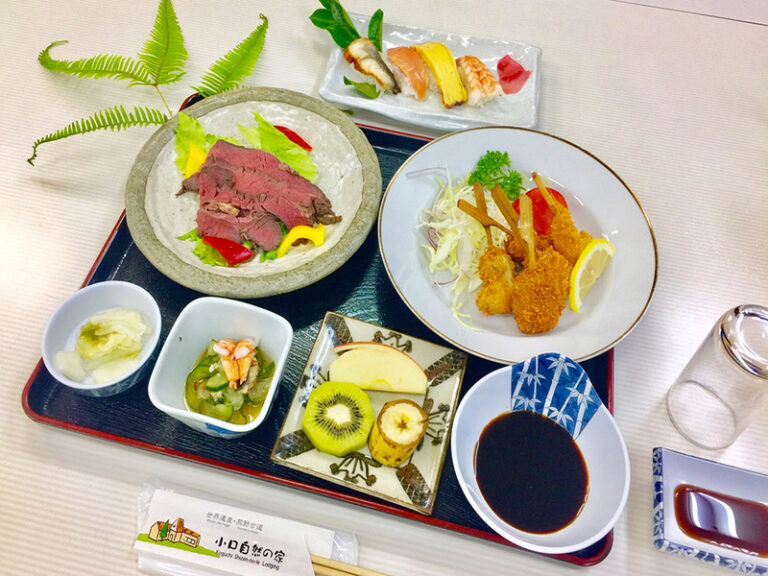
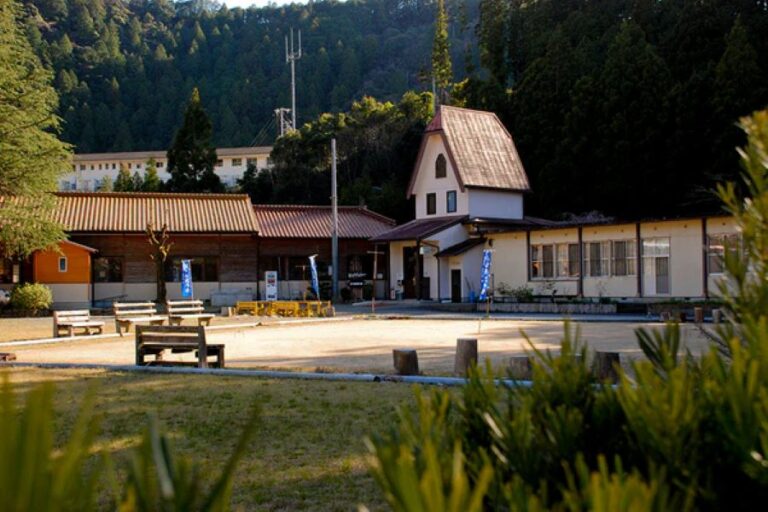
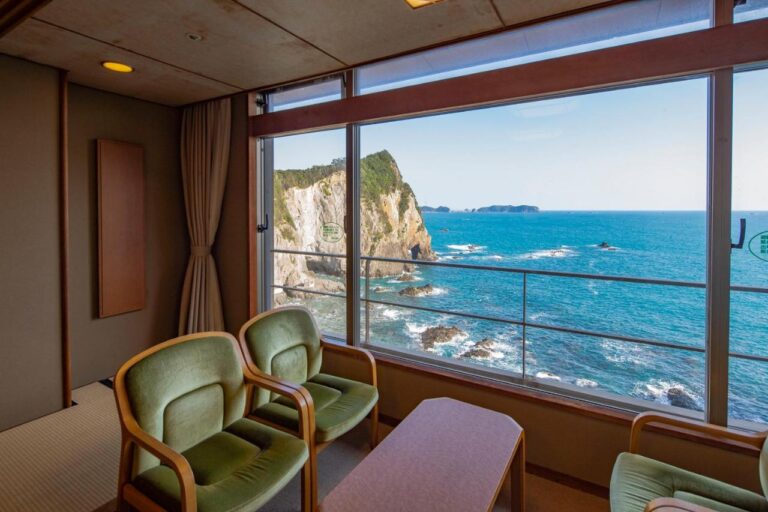
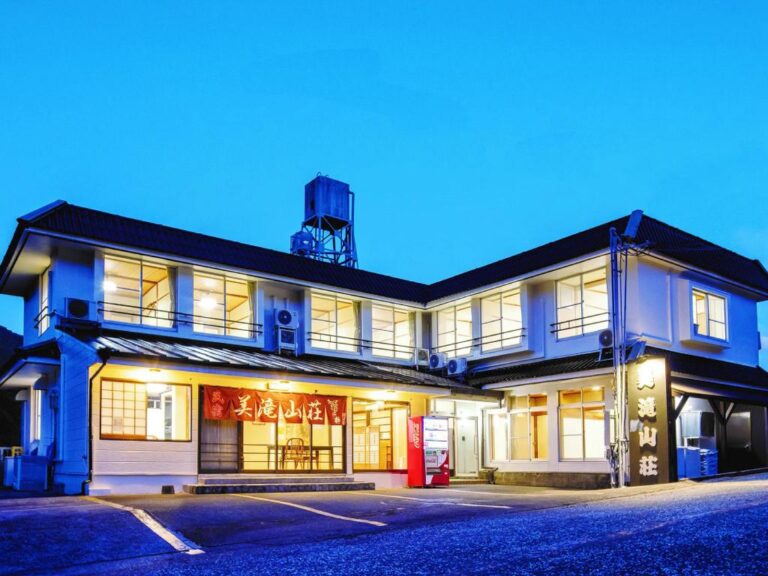
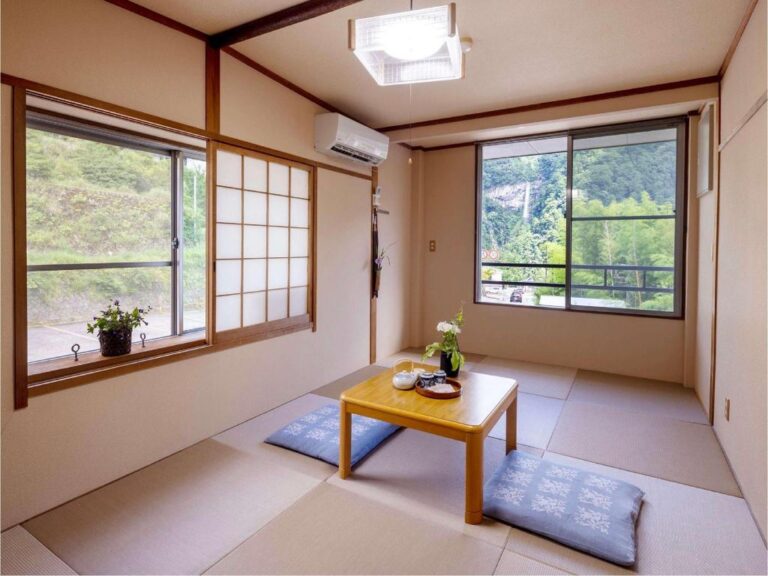
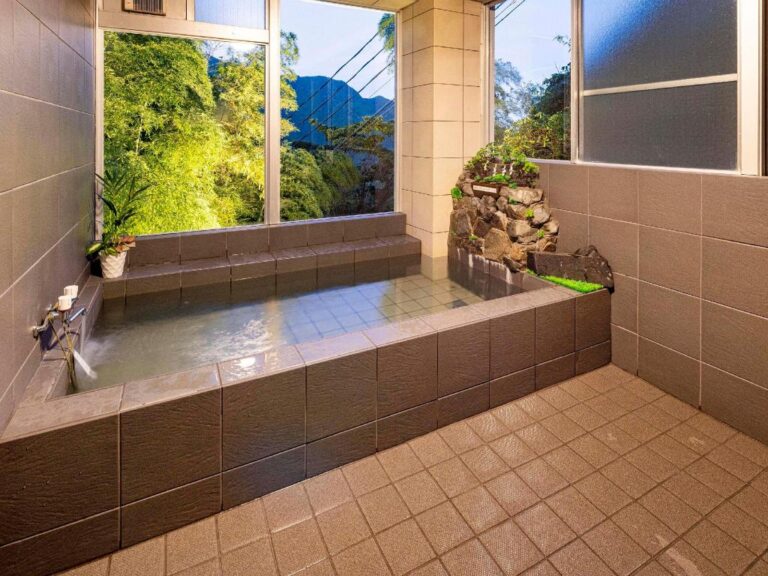
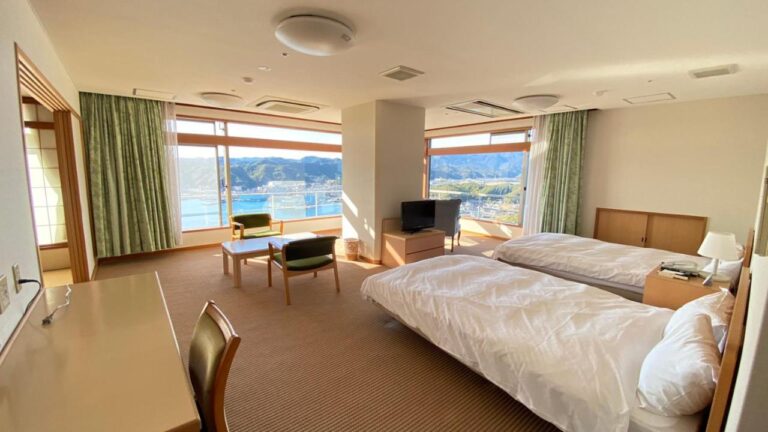
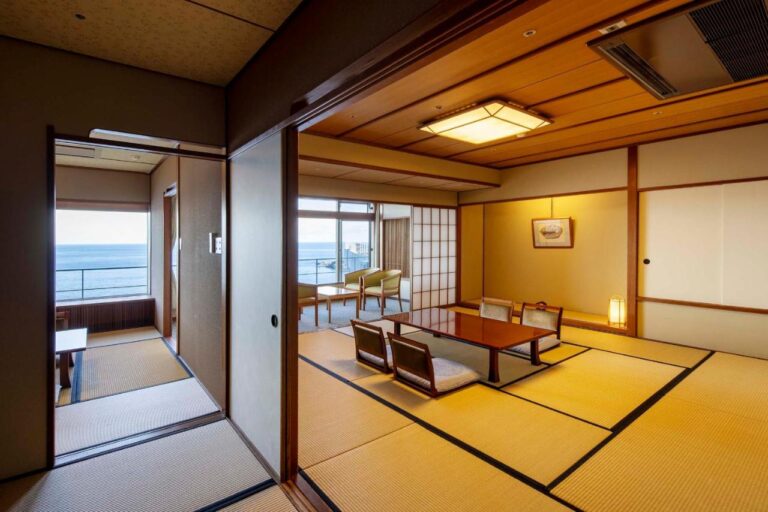
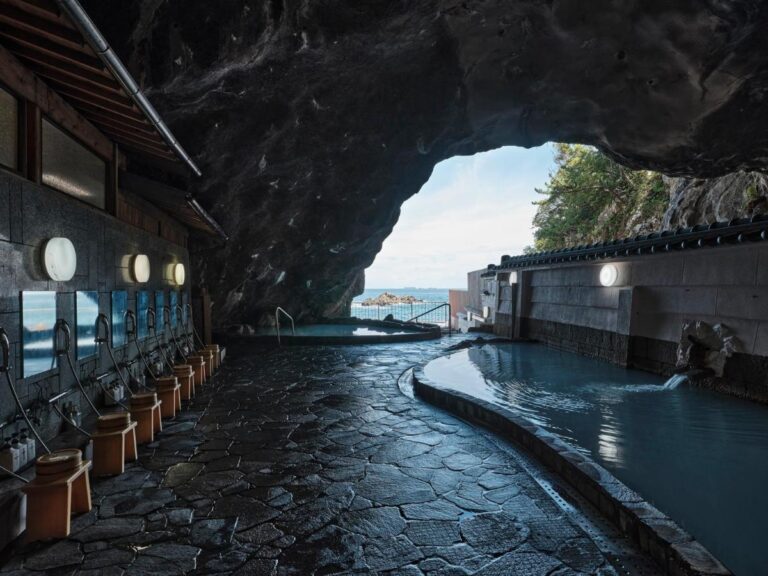
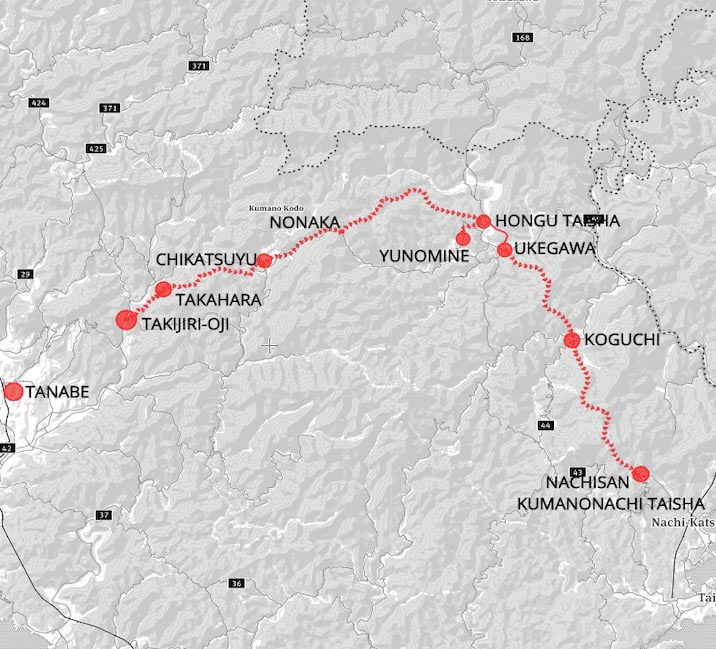
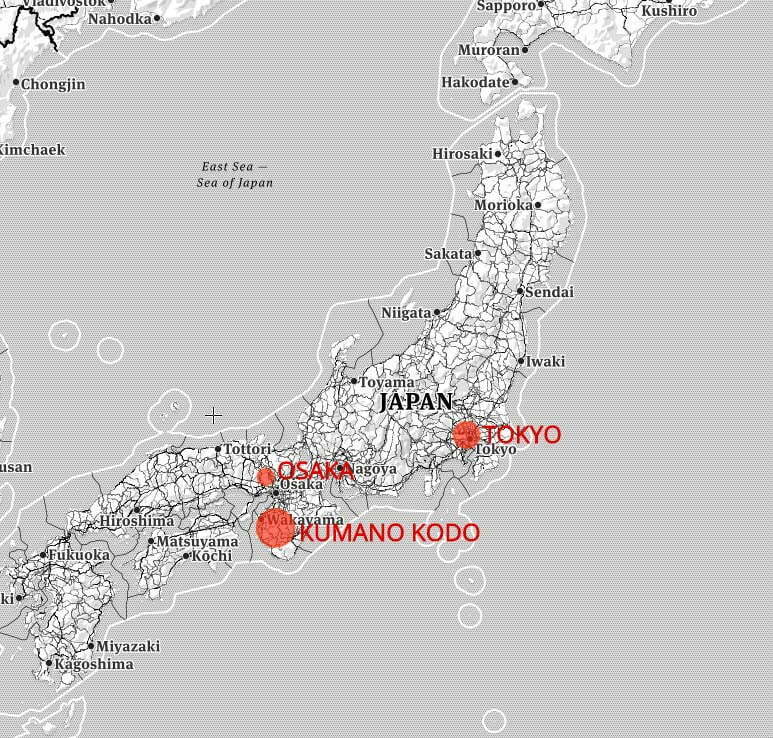
Michael F
We enjoyed our afternoon and evening in Tanabe, and our accommodation was very comfortable. The briefing session was helpful and comprehensive. We found the accommodation and food provided along the walk to be outstanding. The traditional boat cruise on our rest day was excellent and we recommend it – it was very easy to get back from Shingu to Hongu. We also met lots of friendly and interesting fellow hikers during our time on the walk. Overall, the Stroll Kumano Kodo experience was one of the highlights for us of our first visit to Japan.
Keith S
A beautiful walk, through stunning cedar forest. A well-prepared and well-marked trail. Very enriching cultural component including Japanese style accommodation and meals, and the whole Buddhist/Shinto religious overlay. The major shrines are worth the walk. We found that out hosts were very knowledgeable, and gave very firm advice.
Christopher R
We loved the Kumano Kodo walk. It was both quite hard and extraordinarily beautiful. Our accommodation in traditional ryokan and minshuku added to the whole experience.
Martina B
We were very impressed with Stroll’s detailed information. They included special accommodation which we enjoyed very much.
Sarina T
My husband would do walks after hearing how easy this walk was carrying just a day pack and having beautiful accommodation -in Europe, Australia etc and also, the option of eating Vegan food. We haven’t been able to book tours here due to the inability to eat no meat/dairy -it’s actually so easy, but people seem to be thrown by this -your team handled it though very well.
Patricia G
A very well organized and coordinated journey.
Rachel S
As I was short on planning time I decided to use Stroll which was a great way to take the stress out of my walk along the Kumano Kodo. The notes and instructions were more than adequate, accommodations very homely and charming and communication with the company was very easy so it supported what is a very beautiful walk.
Kim M
We’re in our late 70s, enjoyed the whole time. We walked the 1st section 14k, then 7k second day. On our rest day we also walked around hongu from accommodation. Enjoyed the next day hike. Missed the last long hike and caught 3 buses to the nachi waterfall. Heard the last long walk was harder and more of the same, our legs had worked hard over the week, so we decided the down hill would be to much. Walking notes were good. Our walk was good overall.